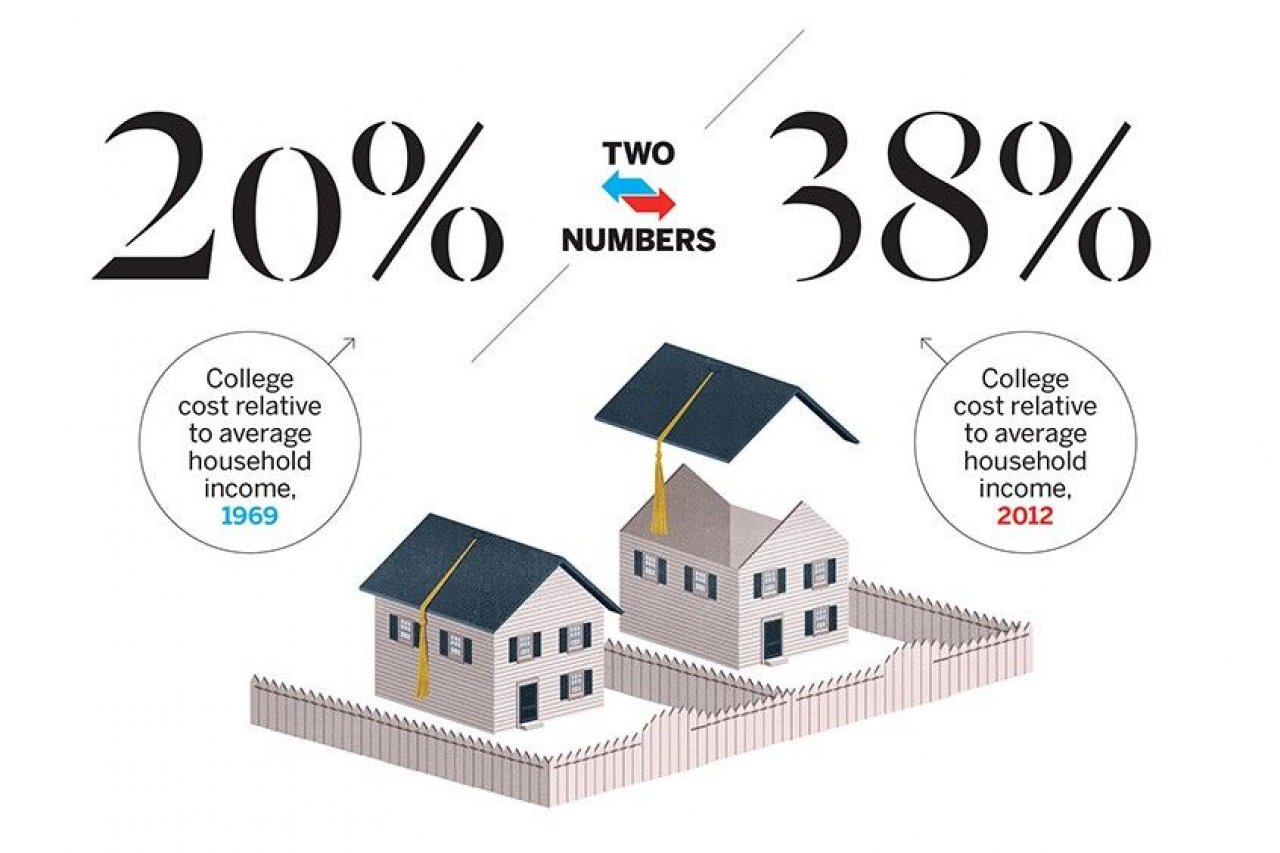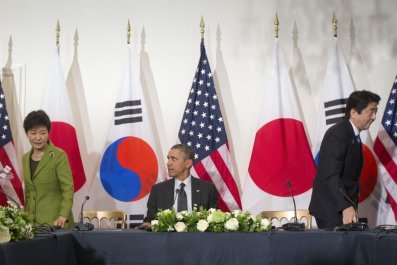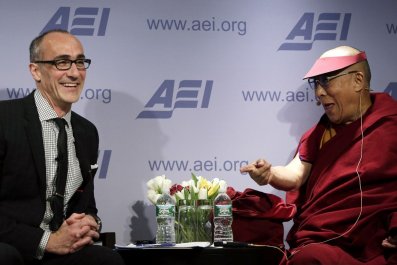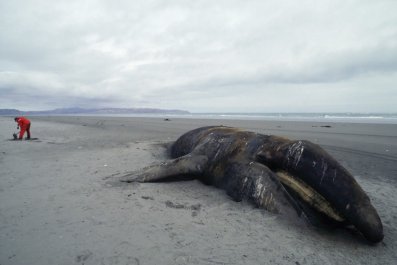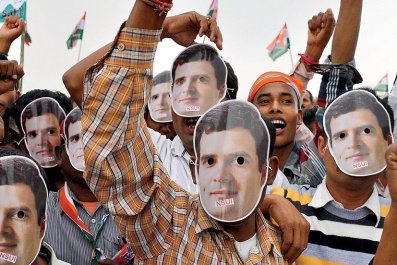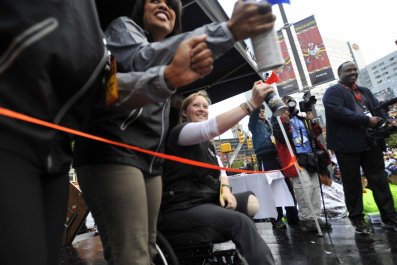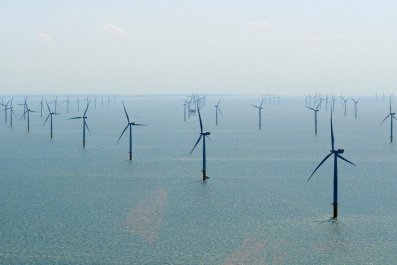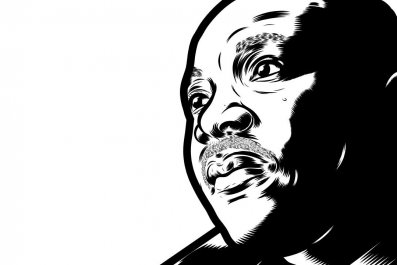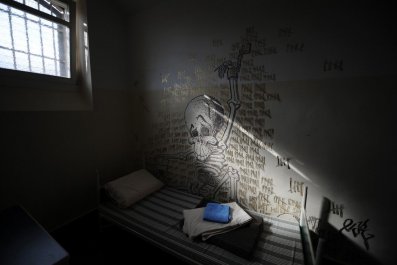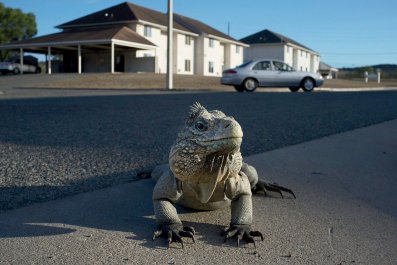If you attended a U.S. college in the late 1960s, your parents might have worried about protests and other campus goings-on, but at least they were less likely to go broke paying your tuition bills.
How big a bite does sending the kids to college take out of a typical family's income today compared to a generation ago? About twice as big.
Since 1969, the average cost of college has almost doubled compared with the median family income. That cost includes tuition, fees, and room and board for full-time students at degree-granting institutions—for both public and private colleges and universities. Back then, the average cost came to $9,502 after adjusting for inflation, according to the National Center for Education Statistics. By 2012, the average was $19,339. With a typical family earning $51,017—the U.S. median income—college tuition for just one child will absorb almost 40 percent of their income. That surpasses housing as the single biggest household expense.
If college costs were rising along with family income, there wouldn't be a problem. But college costs have risen way ahead of income. There are several reasons. For starters, administration costs have been growing rapidly on most campuses. In part this has to do with an explosion in applications and enrollments, which require more resources. But salaries of administrators, particularly those in charge, seem out of line with the rest of the institution. It's not unheard of for compensation of the president of a large university to approach $1 million. Meanwhile, campuses have seen a boom in infrastructure spending to upgrade student facilities like gyms, student centers and dorms. Finally, many public universities have offset cuts in state aid by raising fees.
Of course, the price of college varies greatly depending on where you go, and whether the institution is public or private. Almost three-quarters of Americans attend public universities and colleges, where costs have been rising quickly but still remain far less than private institutions. In 1969, public colleges and universities charged an average of $7,206, compared with $14,292 in 2012, after adjusting for inflation. By contrast, private institutions averaged $15,329 back then, vs. $33,047 in 2012.
Today, the cost of a private college or university would be unattainable for most families if they didn't get substantial financial aid. At elite colleges and universities, the cost is considerably more than what a typical family earns. Without financial aid, a single year at Princeton can set you back $58,965.
So here's a suggestion for parents struggling to pay their offspring's college costs: Just think what today's students will have to pay when their own kids go off to college.



